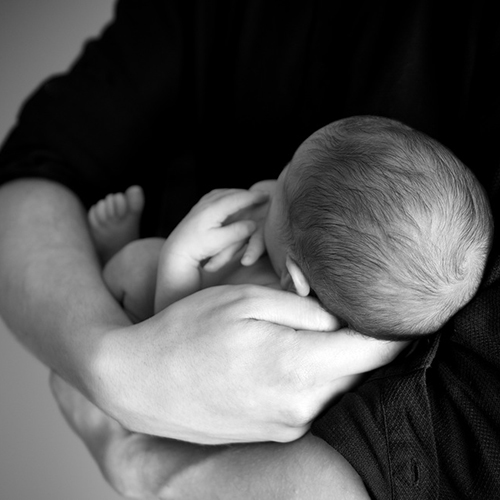Keep them somewhere obvious so that you can find them quickly when you need them. Never mix pills in the same container and never keep unused prescription medicines. Keep all medicines out of reach of children in a locked cupboard … Read More
How to treat a fever
While fever is a good sign it is also important not to let a raised temperature get too high. A high temperature can be uncomfortable and children can become irritable. In very young children with a high temperature there is … Read More
How to take a temperature
Taking a temperature In children, normal body temperature ranges from 36 degrees C (96.8F) to 37C (98.6F). Any temperature over 37.7C (100F) is classed as a fever. Hypothermia develops if the temperature falls below 35 degrees C (95F). Body temperature … Read More
How to give medicine to a child
Most medicines for young children are made up in a sweetened syrup to make them more palatable, and can be given with a spoon, tube, syringe or dropper. Droppers, tubes and syringes, are often more suitable for babies who haven’t … Read More
Can we influence the sex of our baby?
The X and Y sperm display different characteristics. The female (X) sperm are larger, slower and live longer than the Y sperm while the male (Y) sperm appear to be favoured by the slightly acidic conditions in the vagina. It’s … Read More
Boy Or Girl
Through ultrasound investigation you may be able to find out the sex of your baby during your pregnancy, although not all hospitals will tell you. If you do decide to know, remember that this will deprive you of the wonderful … Read More






